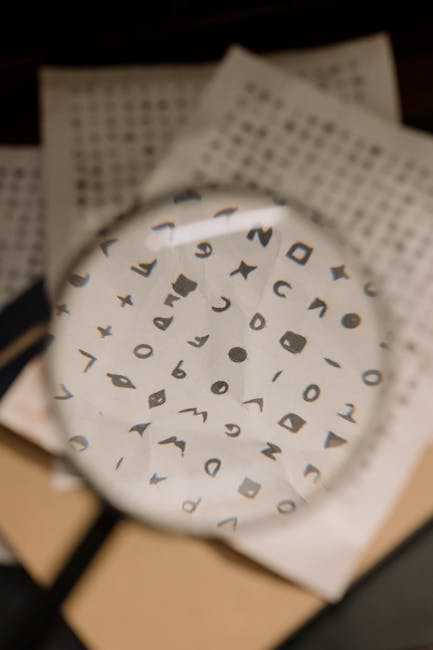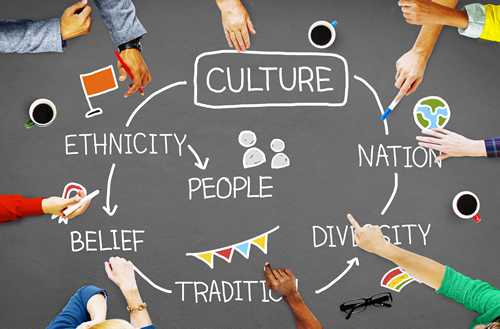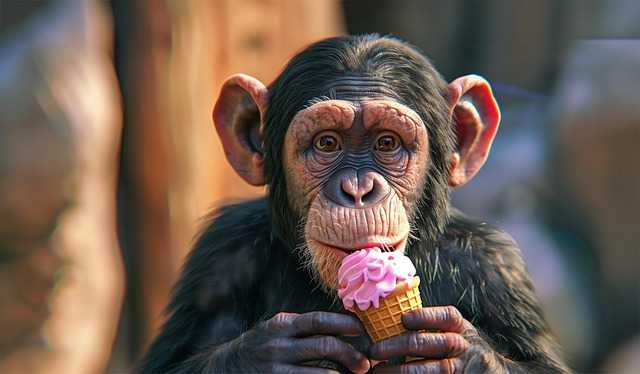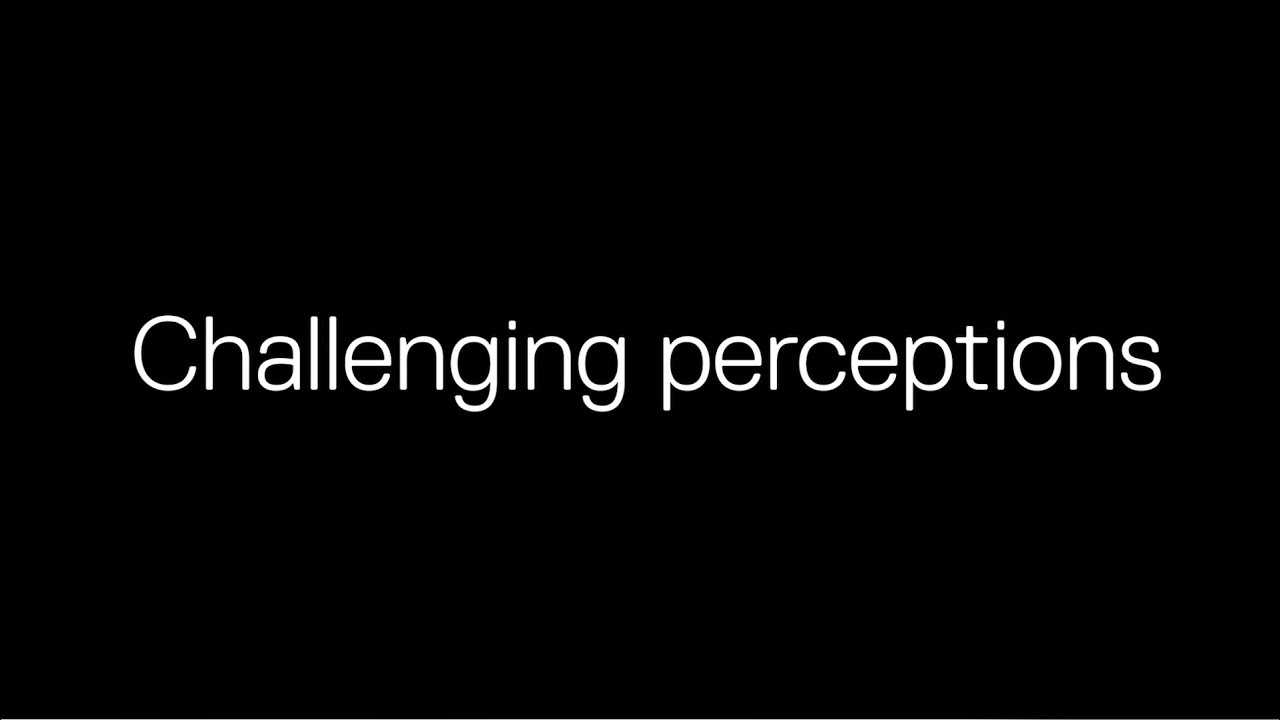Table of Contents
- Exploring the Misunderstood World of Modern Art
- Decoding the Elements that Some Dismiss as Stupid
- The Cultural Impact of Modern Art: More Than Meets the Eye
- Engaging with Modern Art: Tips for Appreciating the Abstract
- Challenging Perceptions: How to Find Meaning in the Unexpected
- Q&A
- Wrapping Up
Exploring the Misunderstood World of Modern Art
Modern art often elicits a spectrum of reactions, ranging from admiration to outright disdain. Many critics dismiss it as a series of splashes and lines, failing to recognize the intentionality behind its abstraction and the emotions it aims to evoke. Unlike traditional art, which often sought to depict reality with meticulous detail, modern art embraces fragmentation and ambiguity, inviting viewers to engage with their own interpretations. This paradigm shift challenges the notion of artistry as a straightforward reflection of the world, emphasizing instead the experimentation and individual expression that characterize contemporary creativity.
At the heart of modern art lies a dialogue between the artist and the observer—a conversation that transcends the canvas. Artists like Jackson Pollock and Mark Rothko broke conventional boundaries, using color and form to express deep psychological states rather than tangible subjects. This shift begs the question: what constitutes value in art? Many argue that the emotional resonance and personal connection to the artwork carry more weight than the aesthetic alone. To explore this perspective, consider the following attributes of modern art that contribute to its significance:
- Contextual Influence: The historical and cultural contexts shape the interpretation of the artwork.
- Emotional Depth: The feelings and reactions elicited by the piece can often outweigh its visual appeal.
- Innovation: Modern art embodies the spirit of innovation, breaking away from tradition and embracing new mediums.
- Personal Reflection: Each viewer brings unique experiences that alter their understanding of the artwork.
To better appreciate this misunderstood genre, it helps to analyze specific movements within modern art. For instance, the Dada movement revolted against the norms of the time, producing works that were intentionally nonsensical yet profoundly resonant. Below is a brief table summarizing significant movements and their key contributions:
| Art Movement | Key Characteristics | Notable Artists |
|---|---|---|
| Dada | Anti-art, absurdity, random techniques | Marcel Duchamp, Hannah Höch |
| Surrealism | Dream-like imagery, unconscious exploration | Salvador Dalí, René Magritte |
| Abstract Expressionism | Emotional intensity, spontaneity | Jackson Pollock, Mark Rothko |
Ultimately, modern art holds a mirror to society and the human condition, revealing layers of complexity that often remain obscured in traditional forms. Embracing it with an open mind can transform the seemingly banal into transformative experiences, igniting conversations that register beyond the surface. It encourages exploration—not just of art, but of the self and the world around us.


Decoding the Elements that Some Dismiss as Stupid
Modern art often elicits a wide range of emotions, from admiration to outright disdain. What some critics dismiss as incomprehensible or trivial may actually represent deeper intentions or cultural critiques. Engaging with the pieces that challenge our understanding is essential to appreciating the complexities of contemporary artistic expression. Rather than rejecting these works outright, consider the various elements that play a role in their reception:
- Contextual Background: Understanding the historical and social background in which a piece was created can unlock its meaning. For instance, many modern artists reflect societal changes or political movements through their work, giving audiences insight into their worldviews.
- Intent of the Artist: The creator’s intention is often layered within the art. Whether it aims to provoke thought, convey emotion, or simply to exist as a visual experiment, recognizing an artist’s goals can transform our perspectives.
- Medium and Technique: The choice of materials and methods used in modern art can also strike viewers as “stupid” or random. However, experimenting with unconventional materials often leads to innovative outcomes that challenge traditional concepts of beauty and art.
Taking a closer look at specific examples can enrich our understanding of what may initially seem trivial. For instance, consider the impact of abstract expressionism, which emphasizes spontaneity and subjective interpretation. Here’s a brief table highlighting influential modern artists and their unique approaches:
| Artist | Notable Work | Key Element |
|---|---|---|
| Jackson Pollock | Number 1, 1950 | Drip Painting |
| Marcel Duchamp | Fountain | Readymade Concept |
| Yayoi Kusama | Infinity Mirror Rooms | Immersive Experience |
By actively engaging with modern art, viewers can begin to see beyond the surface. Challenge preconceived notions and explore what these seemingly nonsensical pieces reveal about contemporary life. Every brushstroke, installation, or unconventional object has the potential to stir dialogue and incite reflection, showcasing a thought-provoking facet of human experience. After all, dismissing art as stupid may shield one from the transformative experiences art can offer.


The Cultural Impact of Modern Art: More Than Meets the Eye
The evolution of contemporary artistry has ignited fierce debates, challenging both critics and admirers to reconsider their perspectives. Modern art transcends conventional aesthetic boundaries, often invoking visceral reactions. Many dismiss these works as mere provocations, yet underneath that surface lies a complex tapestry of cultural significance. The movement is not simply about the art itself; it’s a reflection of societal shifts and aspirations, encapsulating the myriad emotions of the human experience.
Modern art acts as a mirror to the times, influencing and being influenced by various societal elements. It invites audiences to engage with themes such as politics, technology, and identity — issues that resonate on a personal and collective level. Some key cultural contributions include:
- Challenging Norms: Modern art often breaks conservative artistic rules, urging society to question established norms.
- Social Commentary: It serves as a platform for addressing pressing social issues, from inequality to environmental concerns.
- Inclusivity: The diverse range of voices in modern art fosters a sense of belonging among varied populations, promoting understanding and acceptance.
By shifting perceptions and encouraging dialogue, contemporary art has established itself as an essential component of cultural discourse. It’s a space where individuals can grapple with their realities, whether through abstraction, conceptual pieces, or installations. Below is a table illustrating key movements within modern art, along with their impact:
| Art Movement | Time Period | Cultural Impact |
|---|---|---|
| Abstract Expressionism | 1940s-1950s | Emphasized emotional expression and individualism. |
| Pop Art | 1950s-1960s | Blended commercial and fine art, challenging traditional values. |
| Street Art | 1980s-Present | Elevated public spaces and initiated conversations on urban life. |


Engaging with Modern Art: Tips for Appreciating the Abstract
To truly appreciate modern art, especially abstract pieces, it’s essential to adopt an open-minded approach. Begin by allowing yourself to experience the artwork without preconceived notions. Take your time to observe the piece, soaking in the colors, shapes, and textures. Ask yourself questions like, What emotions does this provoke? or What stories could this convey? This initial engagement can open up pathways to deeper understanding.
Next, consider the intention behind the artwork. Many abstract artists aim to express emotions or ideas rather than represent reality directly. Exploring the artist’s background and their motivations can enhance your interpretation. You might find that they were influenced by personal experiences or societal events. Engaging with this context can transform a mere glance into a profound connection. Here are some factors to explore:
- Artist’s Biography: Understanding their personal journey can offer insight into their work.
- Historical Context: Recognizing the era in which the piece was created might reveal significant cultural influences.
- Techniques Used: Investigating the methods employed can lead to a greater appreciation of the craft.
Lastly, don’t shy away from discussing your perspectives with others. Engaging in conversations about art can enrich your appreciation and reveal alternative viewpoints. Consider joining discussions in art forums or attending gallery talks. Many art institutions host events where you can gain insights from curators and other art enthusiasts. Keep in mind that there is no right or wrong interpretation; the value of modern art often lies in the personal journey it sparks.


Challenging Perceptions: How to Find Meaning in the Unexpected
Art, especially modern art, often defies conventional expectations, leading many to label it as nonsensical. However, below the surface, there exists a wealth of meaning waiting to be uncovered. Engaging with artwork that might initially seem perplexing can encourage introspection and challenge our preconceived notions about creativity. This exploration allows us to cultivate a sense of curiosity that opens up new pathways of understanding, broadening our perspectives.
To navigate the landscape of modern art, consider the following approaches:
- Ask Questions: Instead of dismissing a piece immediately, ask what emotions it evokes. What story might it be telling?
- Research the Artist: Understanding the background and intentions of the artist can illuminate the context of their work.
- Engage with Others: Dialogue with fellow viewers can provide fresh insights and interpretations that you might not have considered.
| Approach | Potential Benefit |
|---|---|
| Ask Questions | Enhances emotional engagement |
| Research the Artist | Provides deeper context |
| Engage with Others | Offers diverse perspectives |
Ultimately, embracing modern art’s unpredictability can be a liberating journey. This process encourages us to break free from rigid thinking and embrace the fluidity of artistic expression. Each piece, no matter how challenging, invites us to see the world through new lenses, fostering a deeper appreciation for the myriad ways in which creativity manifests.
